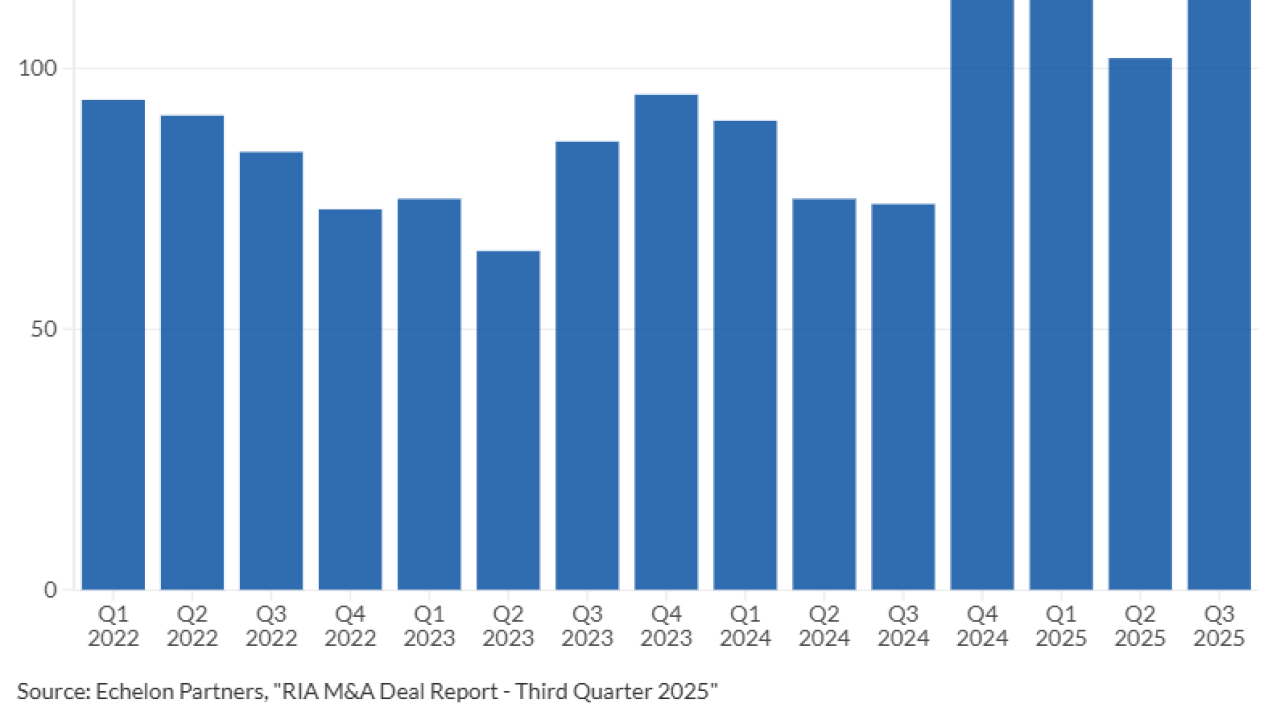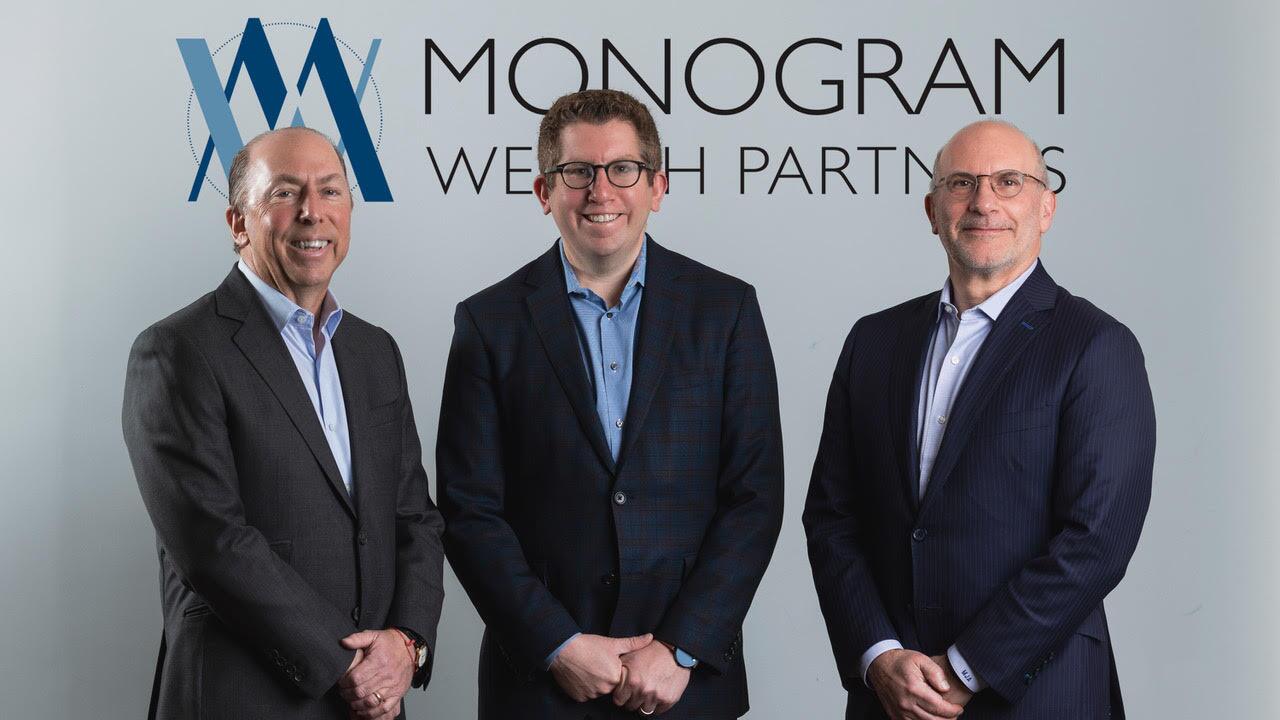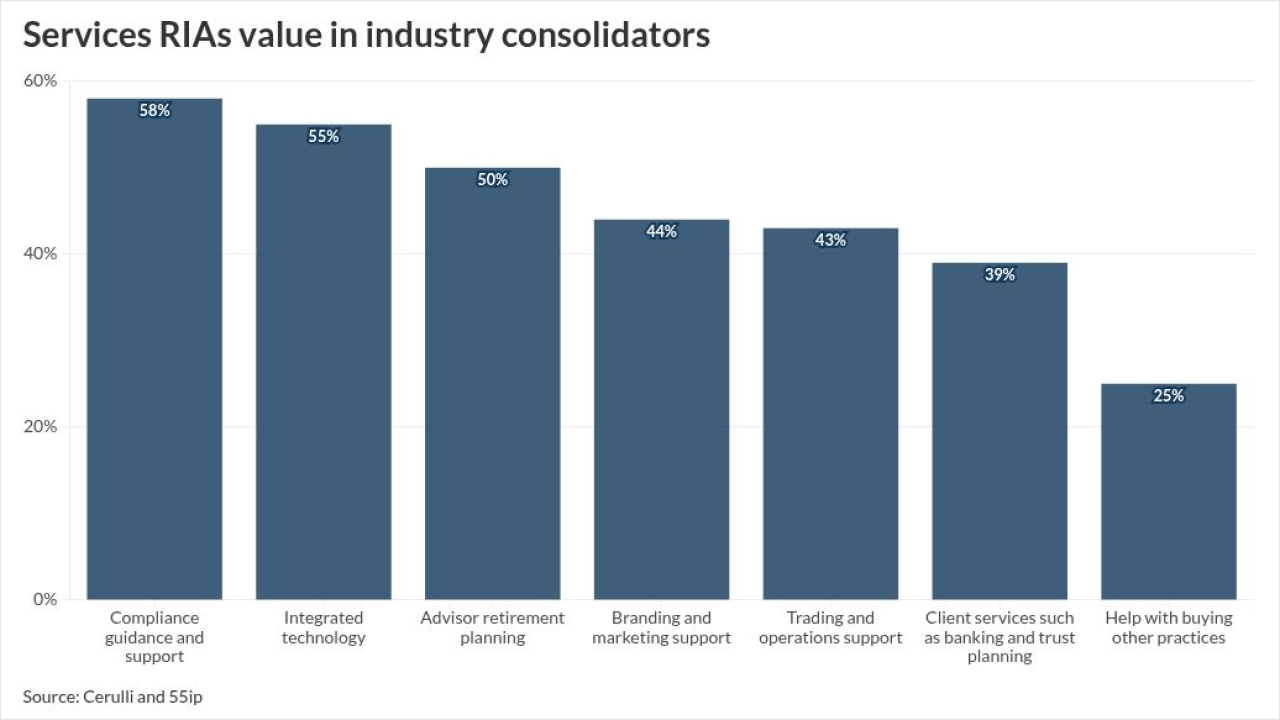It all starts in January. Just after we release the results of our annual Tech Survey in December, Financial Planning editors, reporters and data experts begin discussions anew on how we can make the following year’s in-depth examination of digital trends even more compelling. But even with our early start, it’s the questions we add to the survey at the last moment that often reveal some of the most the most exciting, insightful or disturbing insights.
“This is the first year we asked the age of the technology decision-makers,” columnist Joel Bruckenstein, who wrote this month’s feature, “Future Ready,” tells me. “That number came in a bit lower than expected.” Indeed, 17% of our survey respondents fell in the 25-to-34-year-old age range.

This generation, raised on iPads and text messages, is likely to “do something very different in regards to purchasing decisions,” Bruckenstein adds. “I think it indicates a healthy trend of people who are more tech savvy taking the reins of the decision-making progress.”
Perhaps this younger cohort will be more willing to recommend the offerings of start-ups, or abandon products more quickly when they become outdated. Adding this query to the 2017 Tech Survey means we can report back next year on whether our hunch was true.
This year, more than 500 respondents shed light on everything from how much of their annual revenue is dedicated to technology to what CRM products they are abandoning in droves. (Hint: In 2013, ACT commanded a 9% market share in our survey. This year? Usage fell to 3.3%.)
-
Does the newest iteration of a favorite advisor tool stand up to scrutiny? Our tech columnist takes it for a test drive.
April 18 -
Totum Wealth says its new platform can analyze risk while also creating a custom portfolio. Our tech communist gives it a try.
February 19 -
Joel Bruckenstein puts two applications RIAglass and MyRIACompliance through their paces. Can they help advisors comply with regulations?
January 25
“There’s always something that jumps out of the data that’s interesting — but it’s not always the same thing,” Bruckenstein says.
The Tech Survey also asked for the first time this year if respondents’ firms had been the target of a cyberattack. About 14% said yes. “Cybersecurity has become more of a front burner issuer over the last six to nine months,” Bruckenstein says.
Sometimes we were surprised by what hadn’t changed.
“I expected to see the number of advisers using a robo solution to be slightly higher than it is,” Bruckenstein tells me. Will the numbers be higher next year with all those 25-year-olds taking the reins of the tech spending decisions? I look forward to finding out.





